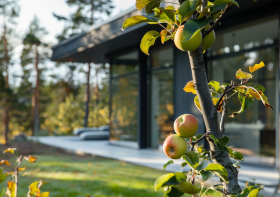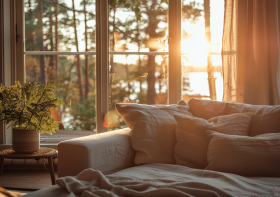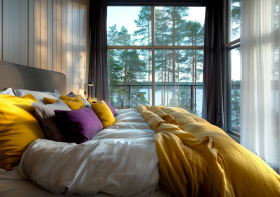Top Plants to Greenify Your Bathroom
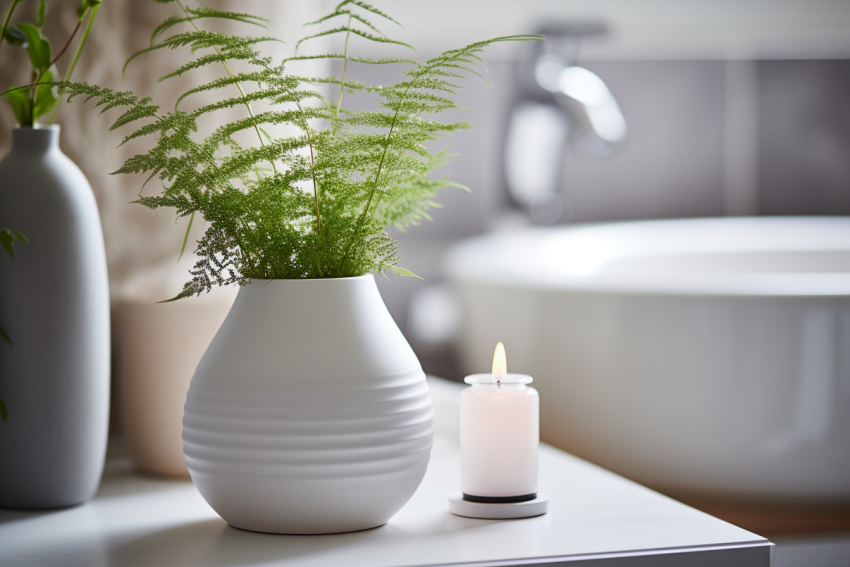
Adding houseplants to your bathroom can enhance its ambiance by introducing a refreshing green element, whether through petite potted plants or cascading hanging varieties. These plants not only elevate the decor but also enhance air quality. Bathrooms, known for their warmth and humidity, create an ideal environment for certain houseplants that can draw moisture. Plus, with water sources nearby, these plants are easy to maintain.
When selecting plants for your bathroom, focus on three main aspects: the amount of light they’ll receive, the high levels of humidity, and potential temperature fluctuations. For bathrooms devoid of windows and consistent natural light, it’s best to choose plants that can thrive in low-light conditions, needing less than four hours of sunlight daily. However, if your bathroom has a window, plants that prefer indirect light can flourish.
Below are some plant recommendations that adapt well to typical bathroom conditions.
Bamboo
Planting bamboo in pots helps manage its growth, as it’s notorious for spreading invasively in open gardens. Yet, even in containers, bamboo can grow substantially and might need repotting annually. Clump-forming types demand repotting less frequently than the runner-spreading varieties. In its active growth phase, nourish bamboo every week with a nitrogen-rich, diluted fertilizer, and reduce this to once a month during colder months.
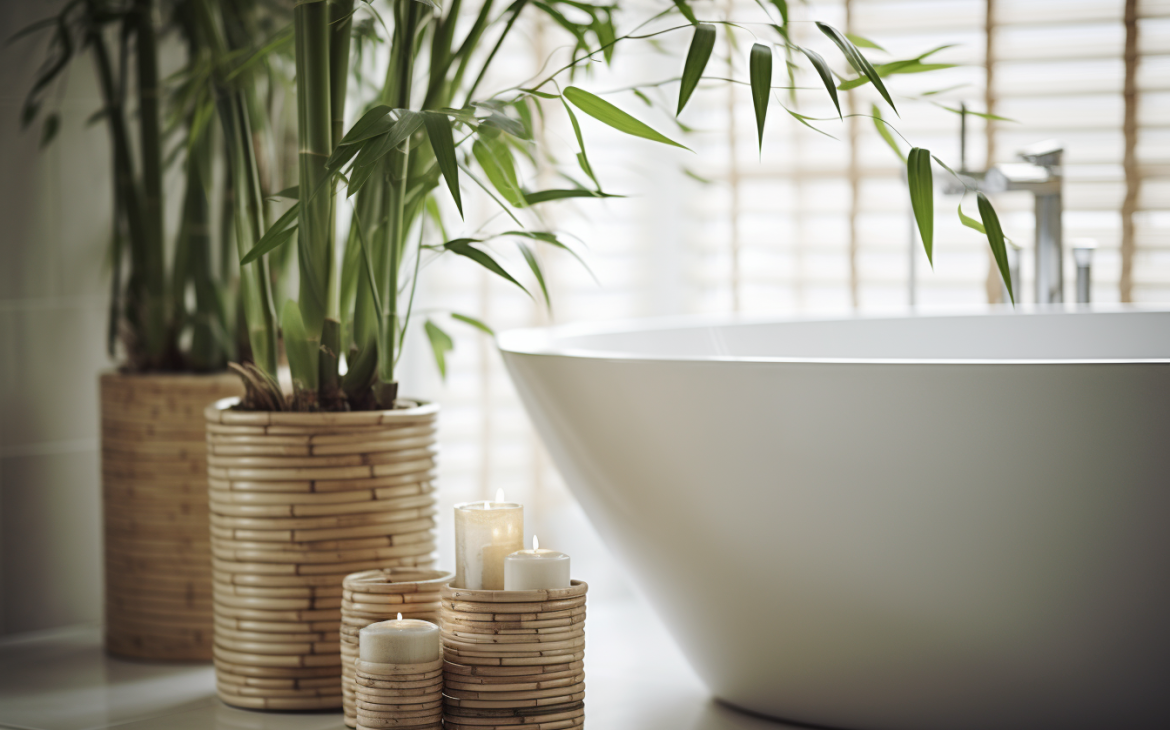
- Color Varieties: Pale to dark green foliage; variegated forms available
- Sun Exposure: Full sun to partial shade
- Soil Needs: Prefers sandy potting mixes but tolerates most potting soil mixes
Begonia
Numerous begonia varieties thrive in pots and relish the cozy humidity found on a bathroom ledge. Rex begonias (Begonia x rex), known for their striking leaves, flourish indoors. While they prefer moisture, it’s essential to avoid oversaturating the soil to prevent root rot. Flowering begonias require a luminous bathroom spot with a bit of direct sunlight in the early morning. In contrast, foliage-focused begonias should be placed in well-lit areas, shielded from direct sun rays.
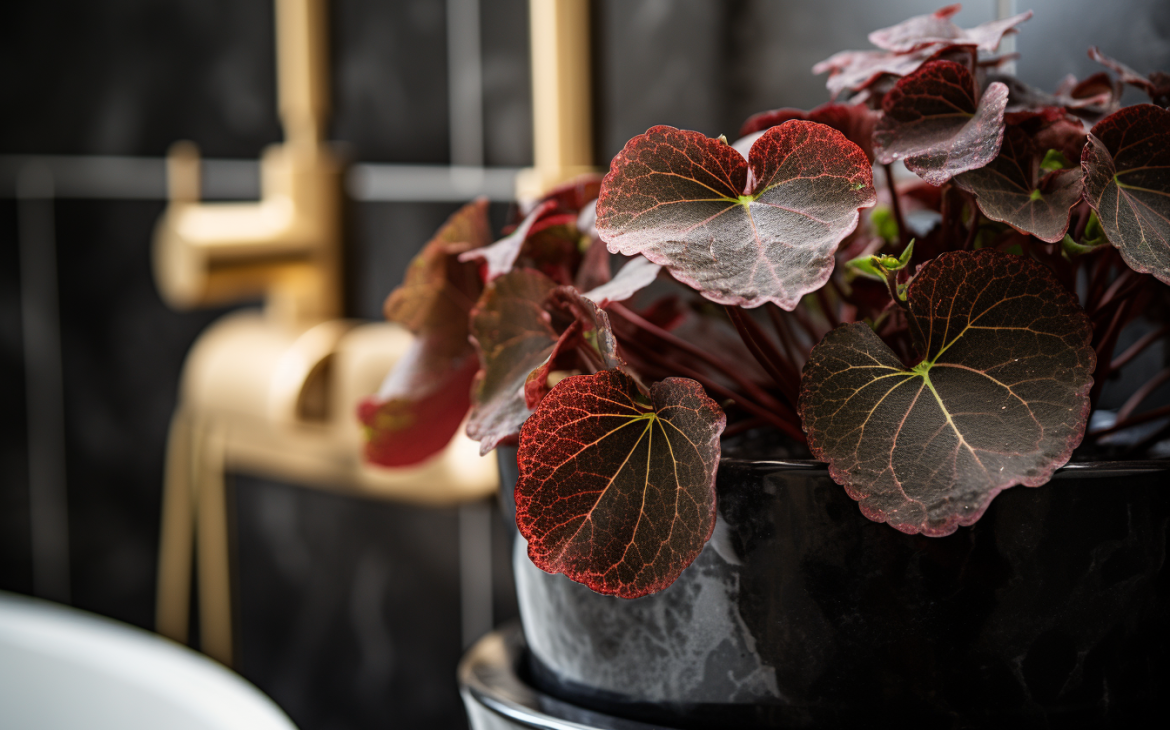
- Color Varieties: Light-green, dark-green, bronze, or variegated foliage. Some varieties are grown for beautiful blooms while others are grown for their distinctive and unusual foliage.
- Sun Exposure: To encourage flowering, provide some direct sunlight; for varieties grown for their foliage, provide bright filtered light.
- Soil Needs: Begonias do best in general-purpose, soilless potting mix.
Bromaliads
Bromeliads are unique houseplants, known to produce vibrant and long-lasting blooms even where most indoor plants might not. They delight with their yellow, pink, or red flowers during winter, maintaining their beauty for an extended period. Comprising multiple genera and a plethora of species, many bromeliads are epiphytic, drawing their moisture from the air instead of the soil. This makes them perfect companions for the moist environment of a bathroom. However, they appreciate good air circulation, achievable by using the bathroom’s exhaust fan or introducing a small fan for a couple of hours daily. Nourish them with orchid fertilizer, as they share similar nutrient needs with orchids.
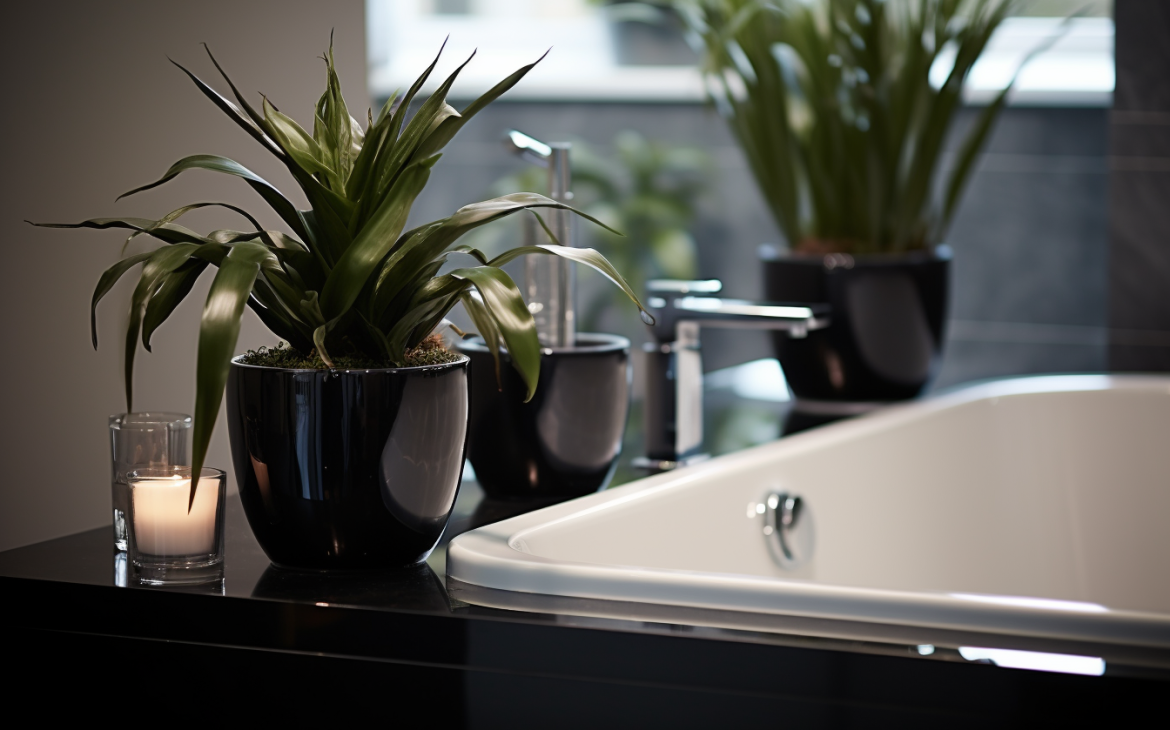
- Color Varieties: Dark green foliage and pink or red flowers
- Sun Exposure: Bright, indirect light is best. They will tolerate a few hours of direct sunlight each day, but don’t place them in hot afternoon sun because it can burn the leaves.
- Soil Needs: Soil depends on genus and species; those requiring soil do well in a succulent potting mix.
Chinese Evergreen
The Chinese evergreen stands out as one of the most resilient and versatile plants, encompassing roughly 20 species under the Aglaonema genus. These tropical perennials, characterized by their large leaves, are remarkably tolerant, thriving even when occasionally neglected in terms of water and nutrition. While they have a preference for humidity, they can handle dry air conditions, but it’s essential to shield them from cold drafts which can harm their foliage. Depending on the specific variety, their height can range from ten inches to a towering four feet. Some variants, like the ‘Silver Queen’, even boast gray-green and pink-hued variegations.
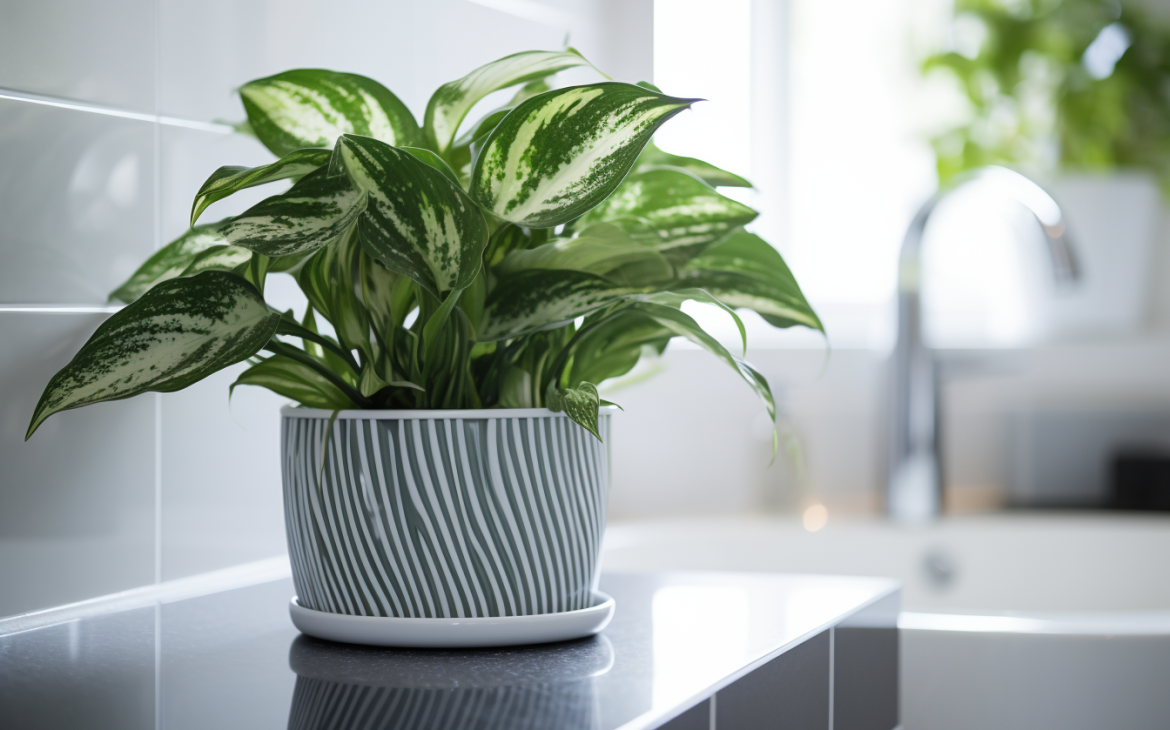
- Color Varieties: Dark green; some varieties are variegated
- Sun Exposure: Low, indirect light; no direct sun
- Soil Needs: Rich, well-drained potting mix
Orchid
Orchids belong to the vast Orchidaceae plant family, which boasts hundreds of species across numerous genera. A multitude of these orchids are perfectly suited for bathroom environments, as long as the temperature doesn’t drop too low. While some orchids root in soil, others are epiphytes, drawing moisture directly from the air. With their ability to flower for extended periods, even the smaller orchid varieties can be grouped together to create an impressive display. Depending on the species, they might favor moderate to bright light conditions.
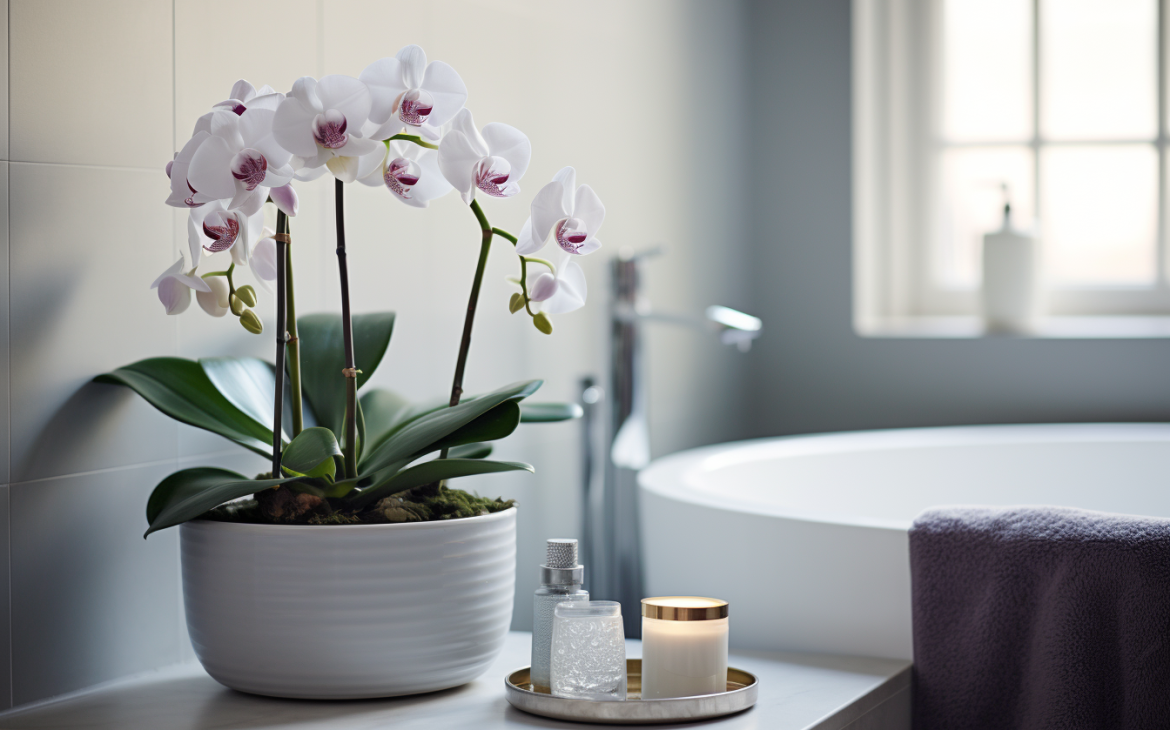
- Color Varieties: Pink, red, purple, white, depending on the variety
- Sun Exposure: Depends on variety but needs light for blooms
- Soil Needs: Depends on type, but generally requires a bark mix designed for orchids
Peace Lily
Peace lilies are graceful plants with low maintenance needs. They thrive with consistent watering and benefit from bathroom humidity. Ensure the soil doesn’t stay parched for too long. While they prosper in low-light settings, a lack of flowers might indicate the need for a bit more light. When nourishing them, opt for a weakly concentrated fertilizer solution.
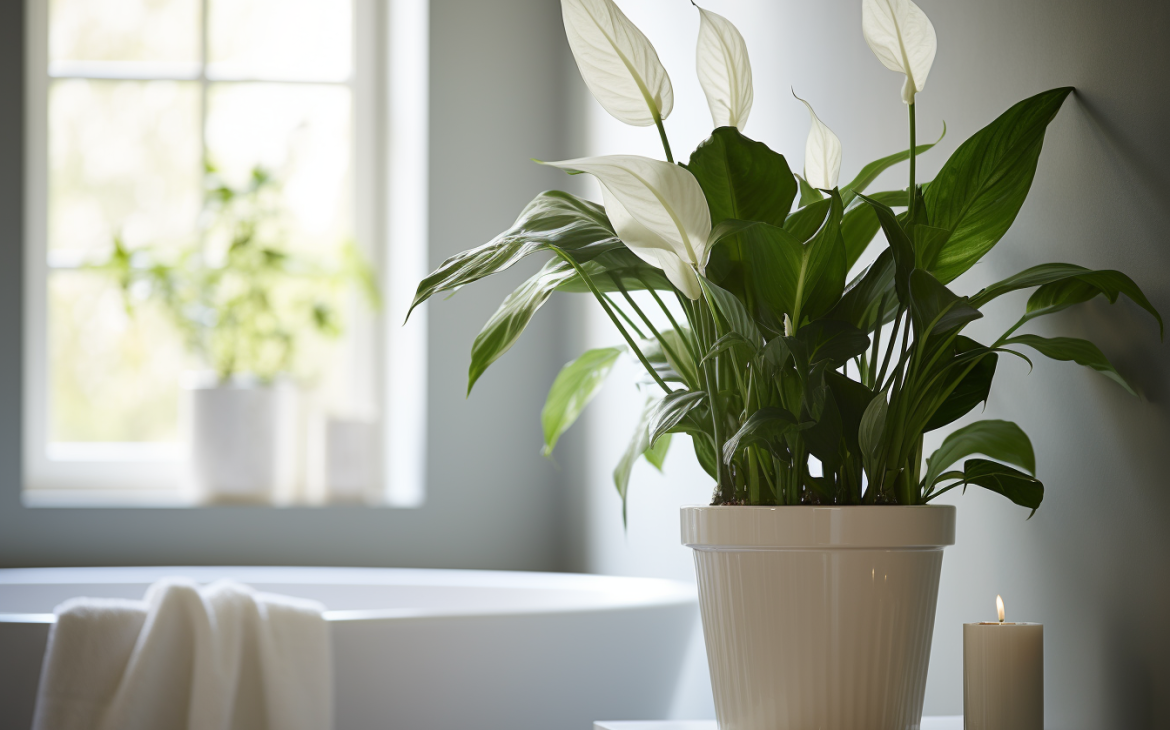
- Color Varieties: Glossy green foliage; white flowers
- Sun Exposure: Bright, filtered light
- Soil Needs: Well-drained potting mix
Spider plant
Spider plants thrive when slightly root-bound, so choose a pot just slightly larger than its root system. As they mature, they produce long stems adorned with petite, star-like flowers. After these flowers fade, they are replaced by small plantlets. Once these plantlets develop roots, they can be separated and planted individually. While they are easy to care for and can handle bright light, direct sunlight can damage their leaves. They favor cooler temperatures without being too cold. In pots, spider plants usually reach a width of two feet and a length of two to three feet.
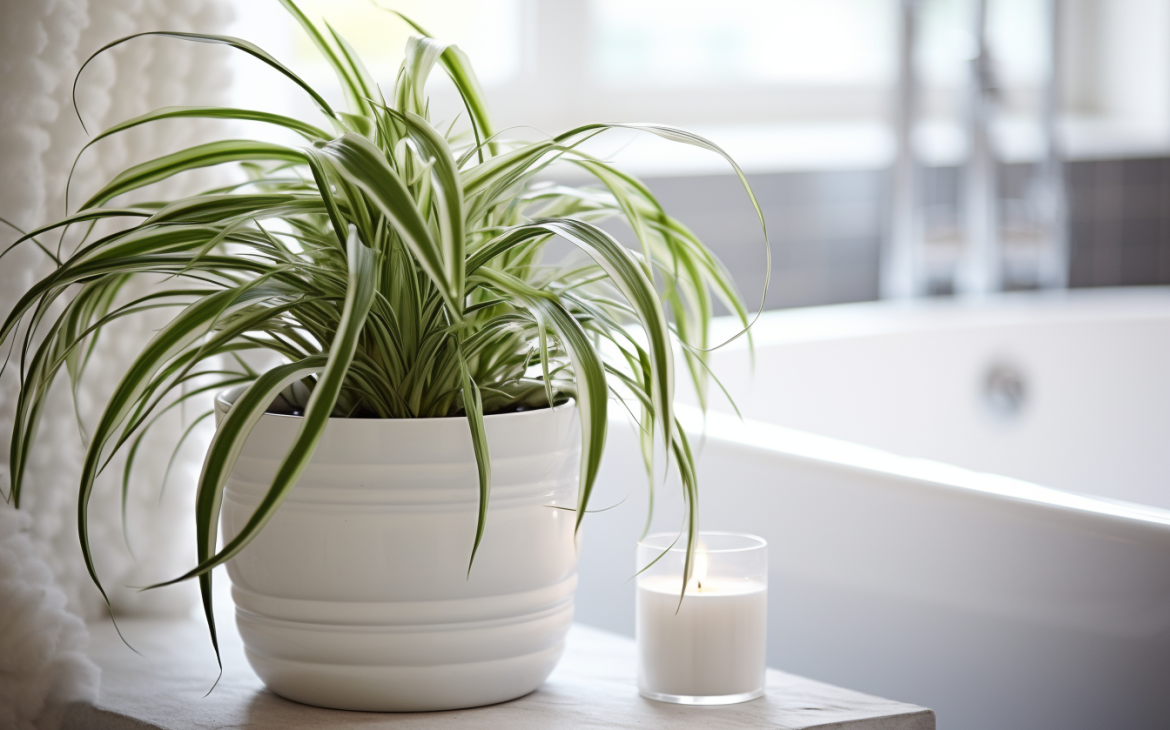
- Color Varieties: Green foliage, sometimes striped with white
- Sun Exposure: Bright, indirect sunlight
- Soil Needs: Loose, fast-draining potting mix
Snake plant
Snake plants are also popularly known as mother-in-law’s tongue. They require minimal care and their upward growth offers a distinct look compared to plants that sprawl or vine. Depending on the specific type, they can grow anywhere from eight inches to four feet in height. If you notice the leaves spreading outwards, you can bind them with twine to maintain their upright growth. While they thrive in bright light, they’re also tolerant of less optimal lighting. However, the variegated types need ample light to prevent them from turning completely green. Many choose to place them in shaded outdoor areas during summer. Ensure you water them only when the top 2 inches of soil feels dry.
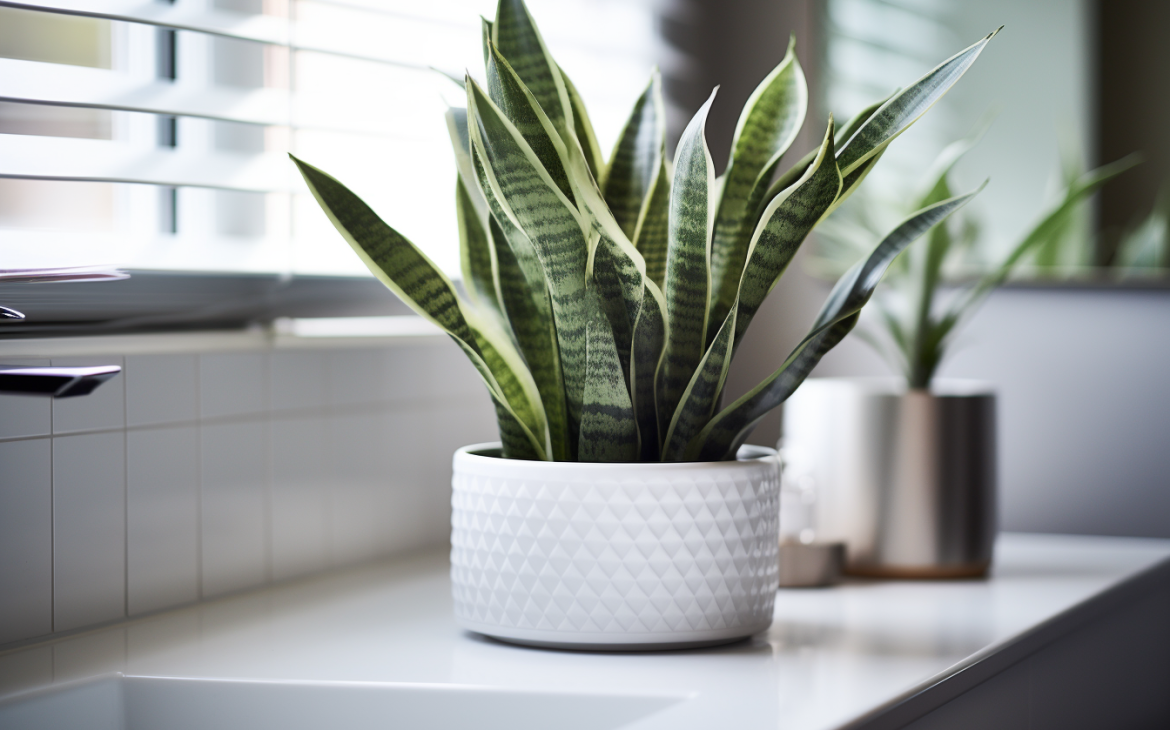
- Color Varieties: Deep green leaves with gray-green or golden yellow stripes
- Sun Exposure: Bright, warm light; avoid direct sunlight
- Soil Needs: Soil-based potting mix
Suggestions: While bathrooms offer a unique environment for plants, it’s essential to select them thoughtfully, considering:
- Bathrooms can have varying conditions. They’re warm and humid post-shower, but can turn cooler and less moist when unused, particularly during nighttime. Such drastic changes aren’t favorable for certain plants.
- High humidity isn’t a plus for all plants. For instance, succulents thrive in drier atmospheres and can deteriorate if overly damp. Some plants might even suffer from powdery mildew in high humidity settings.
- Light can be a challenge in bathrooms, especially if they lack windows. However, don’t get disheartened. Plants can thrive under fluorescent bulbs that emit plant-friendly light wavelengths.
- Assess Your Bathroom Type: The assumption that all bathroom plants should withstand humid conditions isn’t always accurate. A primary or family bathroom, frequently used, indeed remains humid. However, a guest bathroom or a powder room may have a drier and darker environment most times. It’s crucial to recognize the bathroom’s character and choose plants accordingly. For instance, plants in a guest bathroom should be more resilient to darker, drier settings.

